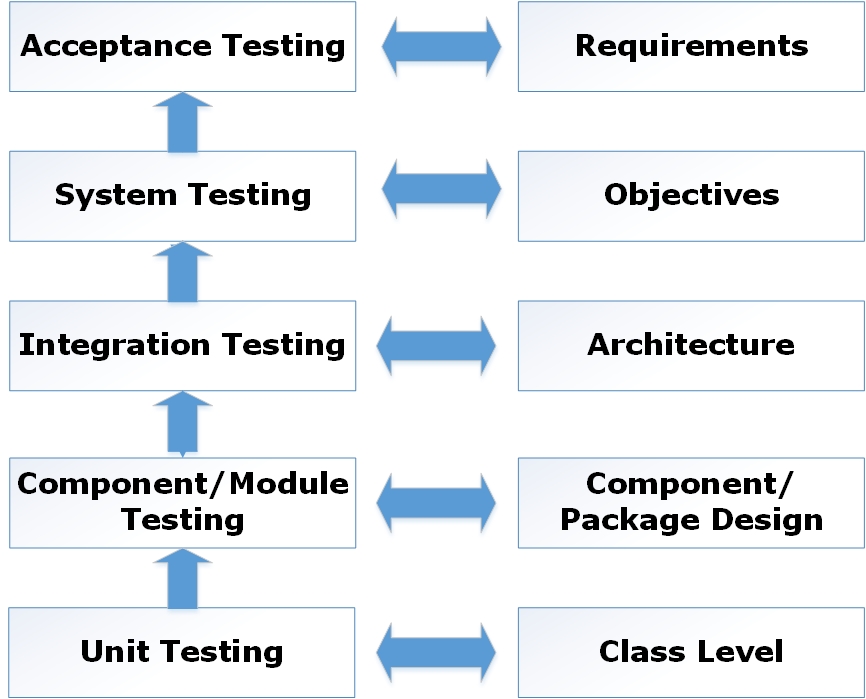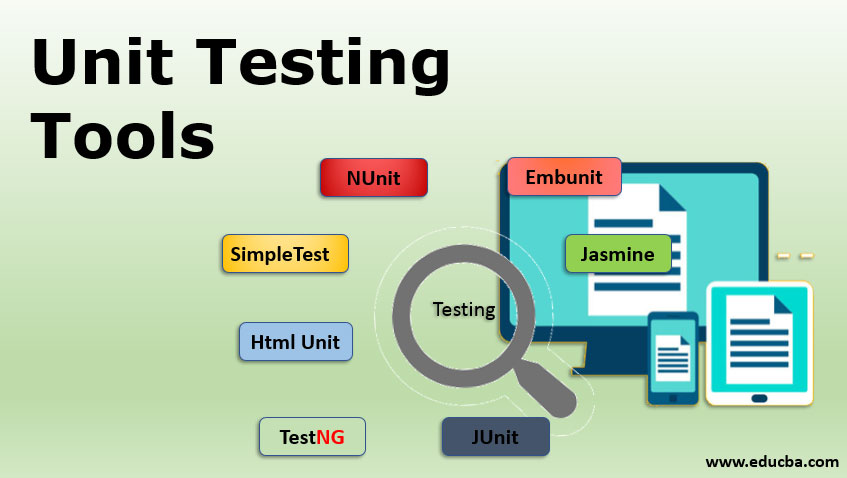

The sample tests don’t do anything yet, so they run really fast! Try the different ways to run tests to get a feeling for how long it takes and what it looks like. You can also run an individual test method by clicking its diamond in the Test navigator or in the gutter. Click the diamond button in the gutter.Click the arrow button in the Test navigator.The default template imports the testing framework, XCTest, and defines a BullsEyeTests subclass of XCTestCase, with setUpWithError(), tearDownWithError() and example test methods. When the test bundle appears in the Test navigator, expand it by clicking the disclosure triangle and click BullsEyeTests to open it in the editor.

Open the BullsEye project and press Command-6 to open the Test navigator.Ĭlick + in the lower-left corner, then select New Unit Test Target… from the menu:Īccept the default name, BullsEyeTests, and enter com.raywenderlich as the Organization Identifier. You’ll use it to create test targets and run tests against your app. The Test navigator provides the easiest way to work with tests.

This is known as test-driven development.įollowing the FIRST principles will keep your tests clear and helpful, instead of turning into roadblocks for your app.
Iunit testing code#
Timely: Ideally, you should write your tests before writing the production code they test.The output should be either “pass” or “fail”, rather than relying on a programmer’s interpretation of a log file. Self-validating: Tests should be fully automated.External data providers or concurrency issues could cause intermittent failures. Repeatable: You should obtain the same results every time you run a test.Independent/Isolated: Tests shouldn’t share state with each other.The acronym FIRST describes a concise set of criteria for effective unit tests. Core functionality: Model classes and methods and their interactions with the controller.If your goal is to extend an existing app, you should first write tests for any component you plan to change. Figuring out What to Testīefore writing any tests, it’s important to know the basics. The game logic is in the BullsEyeGame class, which you’ll test during this tutorial. It includes the project BullsEye that’s based on a sample app in UIKit Apprentice.
Iunit testing download#
Start by downloading the project materials using the Download Materials button at the top or bottom of this tutorial.
Iunit testing update#
Update note: David Piper updated this tutorial for Xcode 12.4, Swift 5.3 and iOS 14.


 0 kommentar(er)
0 kommentar(er)
